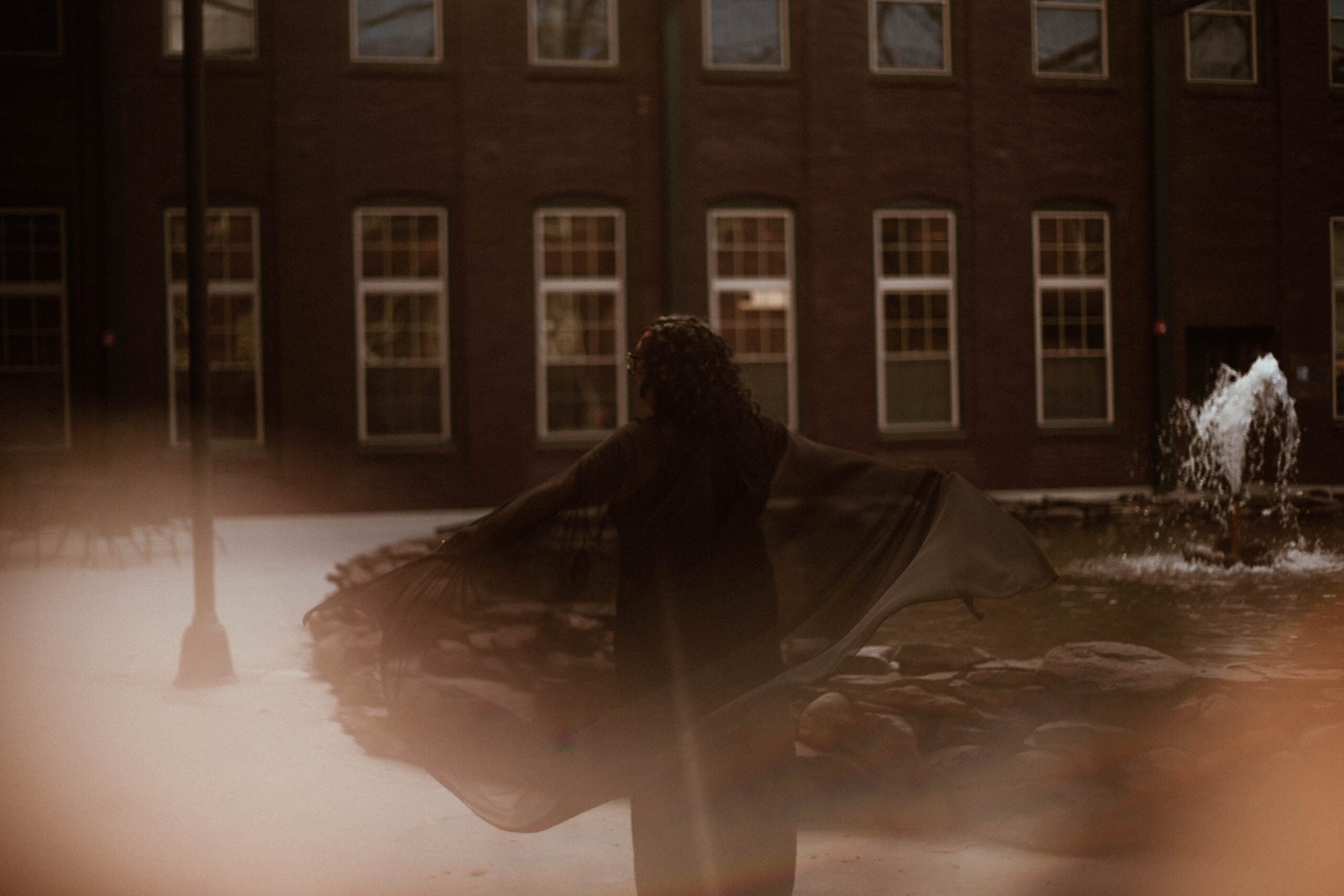Dear HRart Worker,
The concept of work life balance has come to the forefront during these times. After a forced quarantine that felt like a literal pause in life for many, space was created for a long overdue reflection. The question many of us were left to ponder in our professional lives was a manifestation of Adam’s Equity Theory, where we determine if our expected inputs for a job equal the received outputs. The conclusion that was frequently reached was that the equation was generating an outcome, that simply put, wasn’t fair. It is this motivation theory at play that is a key contributor to The Great Resignation we are experiencing in the workforce.
Today, I want to discuss this concept from a different perspective, but before doing so, I feel it is necessary to express that I believe our current variables as society that comprise the standard expected inputs and outputs for a job are flawed. The initial equation was built with the intention of business sustainability and humanity was not a consideration. Therefore, the equation would be perfect in a world of AI where human needs are irrelevant. But for businesses where the diversity of human nature is key for their continued success, it just doesn’t work. Choosing not to deviate from the standard input and outputs will eventually lead to employee disengagement that ends in undesired turnover or worse organizational decline.
As a HRart Worker, we universally agree on one truth… that people matter. During quarantine, where many seized the opportunity to check out or become lost in exploring the decision that led them to their current circumstances, we stayed committed to caring for the people we serve. Whether they are your employees, clients, patients, co-workers, or loved ones at home, we found ways to reach out and express compassion and resilience to continue serving. It is in this arena that I want to introduce the concept of wholeness.
We have been taught to compartmentalize ourselves for well being, yet people are not composed of separate pieces, but a beautiful collective whole being. What you learn and experience at work or home seamlessly serves and transitions to any aspect of your life where it is needed. It is all of you that others come to treasure and admire. It is when we limit ourselves by separation that we begin to experience symptoms that have now been given the title of “poor work life balance”. This balance between work and life is a myth, because the only true way to find harmony within yourself is by embracing the whole and recognizing your whole self regardless of what arena in your life you are standing in.
With that being said, I have struggled since the birth of my first daughter with guilt surrounding my call to serve and continue working. That guilt was only magnified after the birth of my second daughter and my decision to step out and become an entrepreneur. For years I struggled with how much of myself to dedicate to these separate components of my life. I basically was a different person when I entered each arena, and at the end of the day despite my best balancing efforts, someone always got the short end of the stick.
“Each of us will not truly be well, including our families and nations and entire species, until all things are well. There are certain brokenness in our lives and relationships and world that will not be healed until we are all healed. We are so deeply part of one another, and of all things, that it is meaningless to speak about wholeness in separation. Wholeness comes in relationship, not in fragmentation. Until we move together in harmony with the hymn of the universe, our songs of salvation will sound like broken cadences torn from the whole.”
-J. Philip Newell
When I read these words, I realized that my definition of wholeness was still too restrictive. Yes, embracing who we are entirely is essential but also recognition that we are part of a larger collective whole is critical as well. HRart workers, I share this with you to provide affirmation for the work you are doing. You are indeed doing healing work by helping to bring others together. We each play a critical part in minimizing the fragmentation that Philip references.
So know that if guilt ever rises because you are not where you have been taught you are expected to be, that you are in fact exactly where you were meant to be. Those who surround you and truly love you will recognize this too, almost without question; because on some level they have accepted the all encompassing wholeness that we collectively are working towards.
Sincerely,

p.s. This blog post was adapted from the Letters From the HRart fortnightly newsletter. I invite you to subscribe!
Cover Photo by Denys Nevozhai


